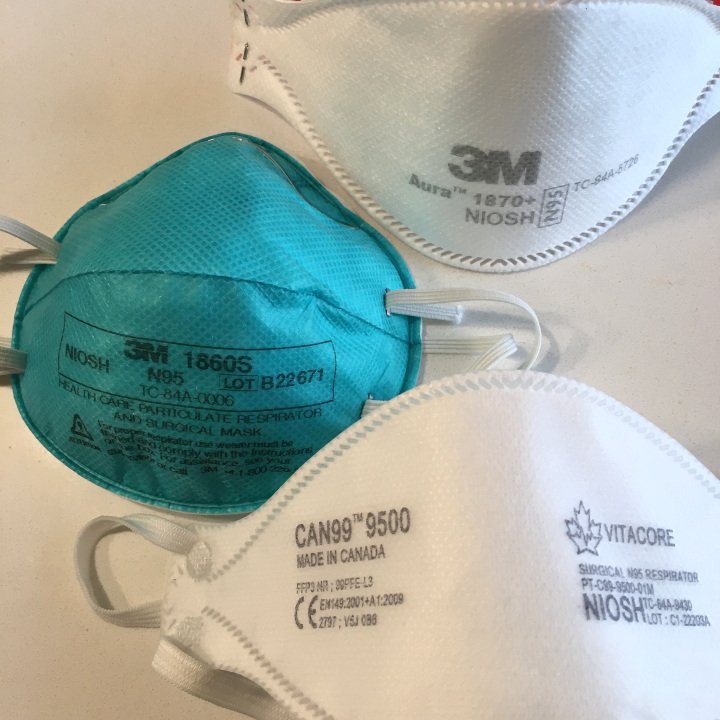For the past three years, Alexandra Johnston has started her work day by reaching for the pickaxe in the trunk of her car.
It is her tool of choice for prying open manhole covers – a task she demonstrated with practised ease last week while on a tour of her wastewater sampling regimen in Toronto.
Wearing a surgical mask and gloves, Ms. Johnston dragged the heavy cover aside, then grabbed hold of the fishing line secured underneath. After hauling up a few metres of line, she displayed her catch: a dripping wet tampon she had placed there the day before.
Her teammate, Claire Gibbs, quickly moved in with a prelabelled plastic bag to capture the sewage-laden sample. Using scissors, Ms. Gibbs deftly snipped the line, sealed the bag and stowed it away in the trunk as part of that day’s delivery.
On the city’s busy streets and sidewalks, where it’s not feasible to set up more sophisticated sampling gear, tampons have proved ideal for capturing traces of whatever is passing through the sewer pipes below, including disease-causing viruses.
“They’re cheap and they come pretty sterile, so it’s kind of an easy solution,” said Ms. Johnston, a wastewater technician with Toronto Metropolitan University (TMU), where the samples she and Ms. Gibbs collected would be analyzed later that day.
Cheap and easy are the operative words for a provincial program that began as a grassroots effort by university researchers to detect COVID-19 in their communities and has since matured into a powerful data-gathering tool for tracking a range of health threats. Supporters of the effort, which has cost $10- to $15-million a year since it was launched in 2020, say it functions as an early warning system that can reduce infections and hospital visits, saving money that would otherwise be spent on patient care.
Unpersuaded by such arguments, Ontario is putting an abrupt end to its Wastewater Surveillance Initiative this week, much to the dismay of investigators at 13 universities and research institutions who helped to build the program, and many others who use the data it provides.
“We’ve been relying on it for the past few years,” said Sharon Straus, a specialist in geriatric medicine and physician-in-chief at St. Michael’s Hospital in Toronto. “It’s really distressing to know that it’s about to stop.”
The sentiment is echoed by several health experts and participants who told The Globe and Mail they were stunned when news broke last month that the program was being dismantled at the end of July, two months before its current budget runs out.
Their reaction reflects disappointment that the province is abandoning a public-health strategy that it helped to pioneer and is now being adopted globally as an essential pillar of pandemic preparedness.
The scientific case for wastewater surveillance is straightforward: While most people who get sick don’t go to the doctor, they do go to the bathroom. In doing so they release genetic debris from viruses and other infectious agents that reveal what strains are in circulation.
Compared with clinical testing, the method is non-invasive and unbiased, offering timely data on disease dynamics that would be impossible to obtain from reported cases alone. And while the Ontario-wide program continues to function as a COVID-19 surveillance measure, it has also been used to track mpox, RSV and flu, with the capacity to quickly pivot to other pathogens as needed.
If there is a scientific case for cancelling the initiative, the province has not made it.
